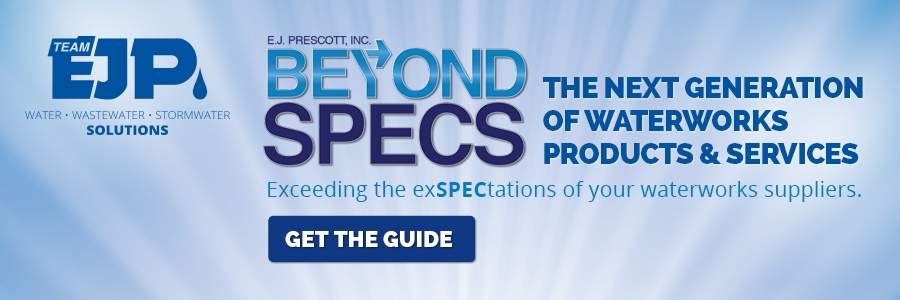Play it Safe: How to Meet OSHA Regulations in Confined Spaces
- Home
- Team EJP Blog
- Play it Safe: How to Meet OSHA Regulations in Confined Spaces
- Jun 6, 2016 2:28:05 PM
- Everett J. Prescott
Whether you work in an industrial complex or a municipality's waterworks division, OSHA regulations are in play to ensure a safe workplace. But what about when you're working in a manhole accessed services corridor or vault? What about spaces with limited access that have potential to become dangerous because of conditions in the area? OSHA has specific regulations for workers in confined spaces, permit required spaces and in retrieval planning. Here are a few things to keep in mind when working in these situations.
What is a confined space?
By definition, a confined space is an area large enough and configured to allow employee entrance, has a limited number of openings for entry and exit and is not designed to allow for continuous occupancy. Though it is not expected to become dangerous, it is still important to treat the space as though those conditions could develop. Because of the limitations on quick movement into and out of the space, it can be very difficult to get workers out quickly and safely if dangerous conditions do develop.
What are the hazards of a confined space?
Typically, it is not expected that the space will become hazardous while the worker is effecting repairs or maintenance, but the closed space may put your workers into close quarters with power lines, sewer gas, natural gas lines and similar hazards that can become problematic. In addition, the space may develop hazardous conditions even when not expected, requiring evacuation through limited access points. For this reason, it's important to train your workers and have appropriate safety steps in place to deal with a potential emergency.

How is a permit required space different than a confined space?
A permit required space is one that cannot be maintained in a safe manner, even using forced air systems to vent the space. For this reason, there's a much higher risk of problems with a hazardous atmosphere, engulfment hazard, internal configurations that can trap workers or other hazards that are known. For this reason, it's important to only send in workers who have had sufficient training in these types of dangers. To enter these spaces, the space must meet minimum acceptable entry conditions. You'll also need to have a plan in place for handling these areas and signs or equivalent warnings posted to warn employees about the permit required space.
How do I develop a confined space retrieval plan?
Because of these limitations, it's important that workers in the space know what to look for to stay safe while working. This includes knowing how to use safety equipment such as gas meters, a Try-pod, harnesses, retrievable gear and similar concerns. You'll also need to have someone outside of the space monitoring it carefully, to ensure that employees can get out in a safe manner if needed. Developing a retrieval plan is also important, so you know how to safely retrieve personnel and equipment if you do end up with a hazardous situation.
By keeping these requirements and situational aspects in mind, you can ensure that work being done in these types of spaces is done in a safe manner, minimizing risk to workers. If you need additional safety equipment or need more information on how to make confined spaces and permit required spaces safer for employees, please feel free to contact Team EJP today. We're happy to help make your waterworks operation run more safely.








